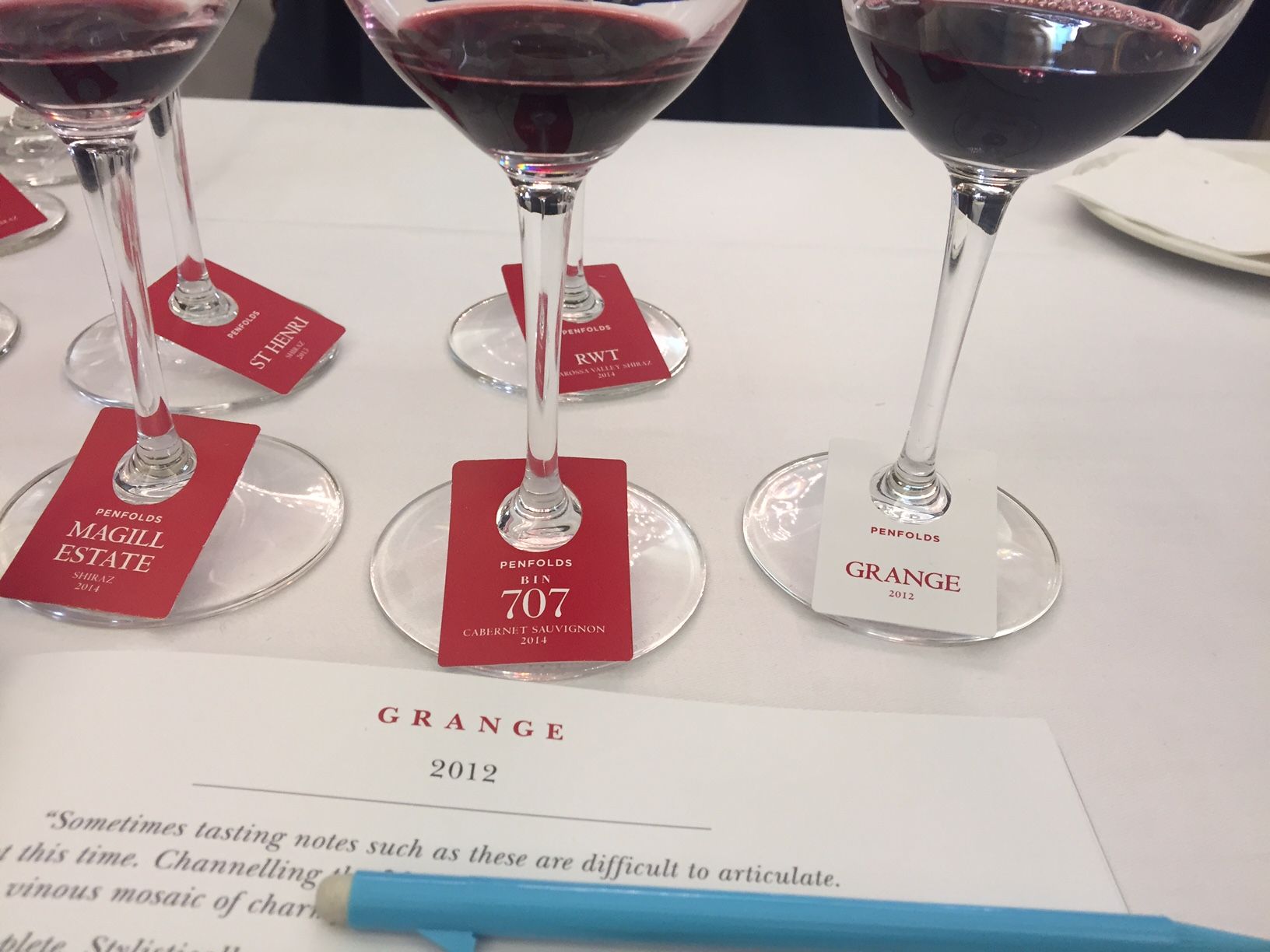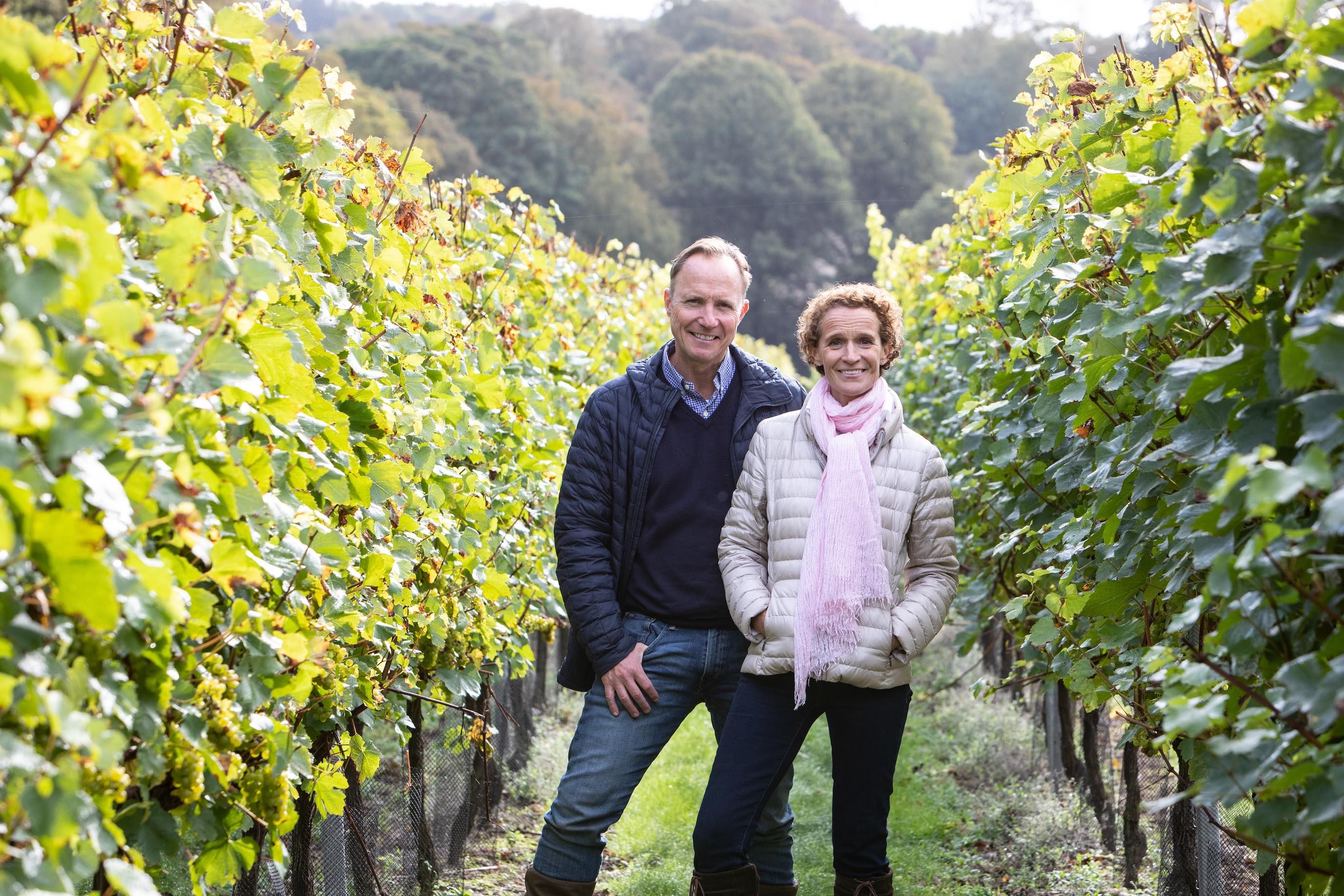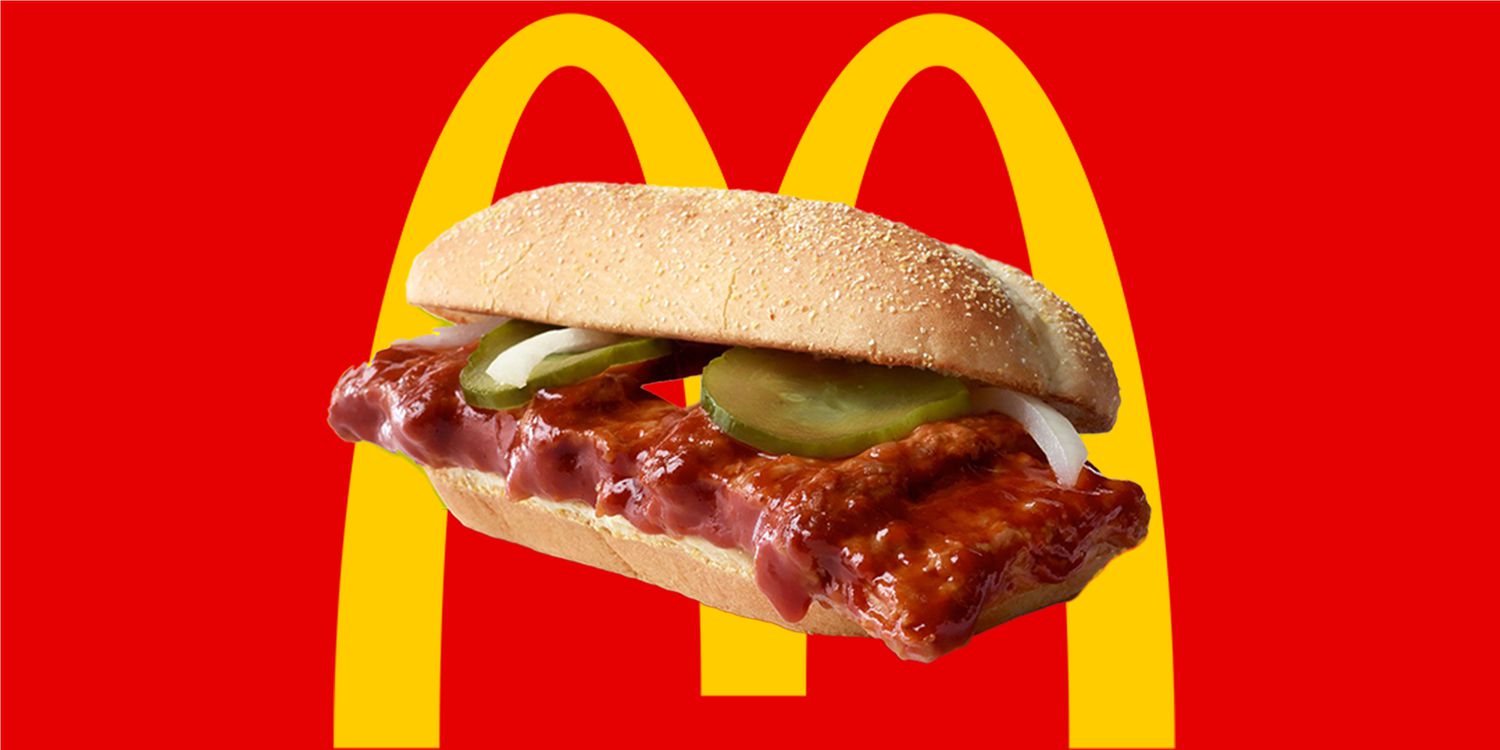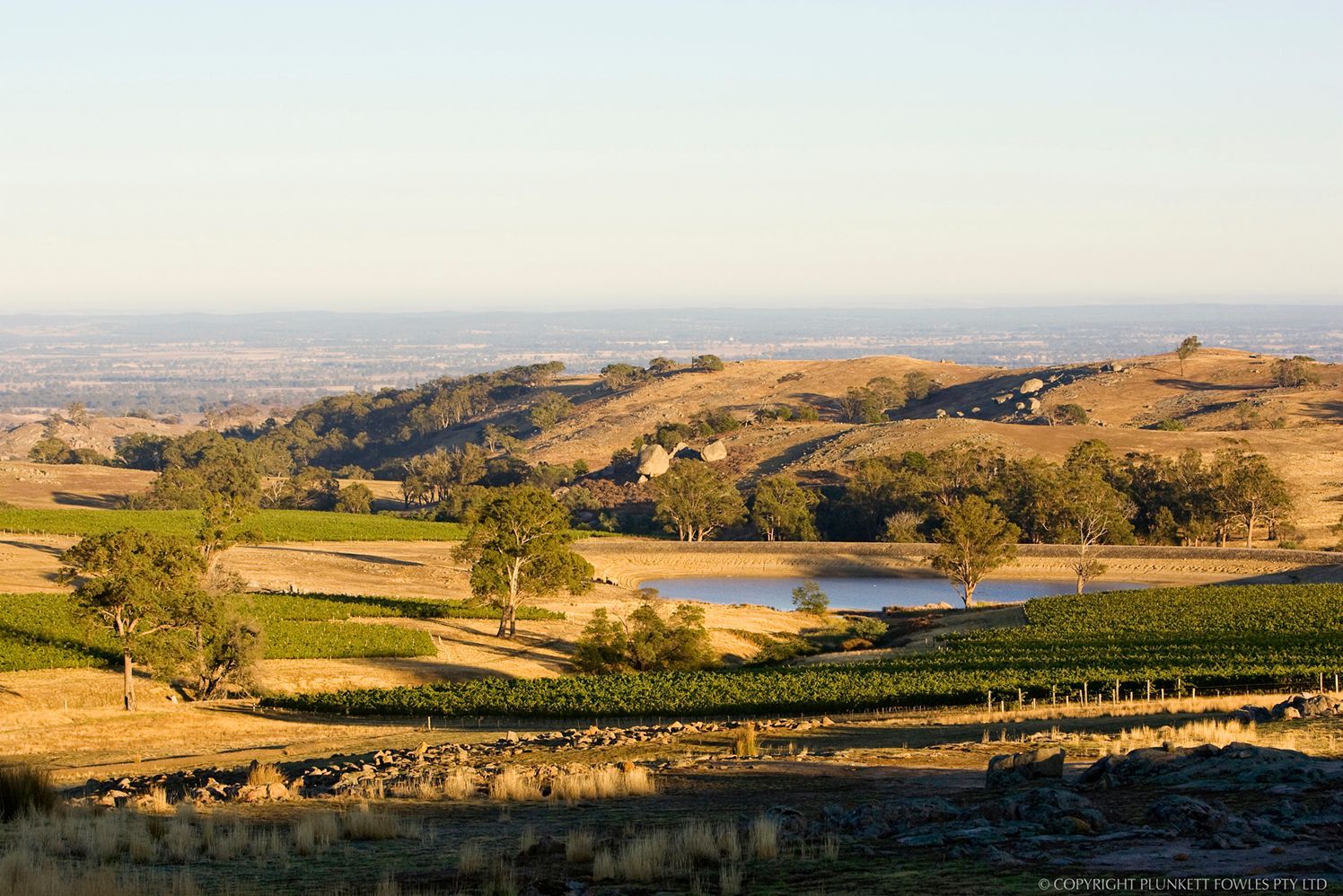Winemaking, serving, varietals and terroir – aspects of the Penfolds Collection philosophy that you didn’t know before.
Last week Penfolds held its annual Penfolds Collection Preview event where chief winemaker Peter Gago hosted a tasting of the Australian winery’s new vintage releases, including its top wine Grange.
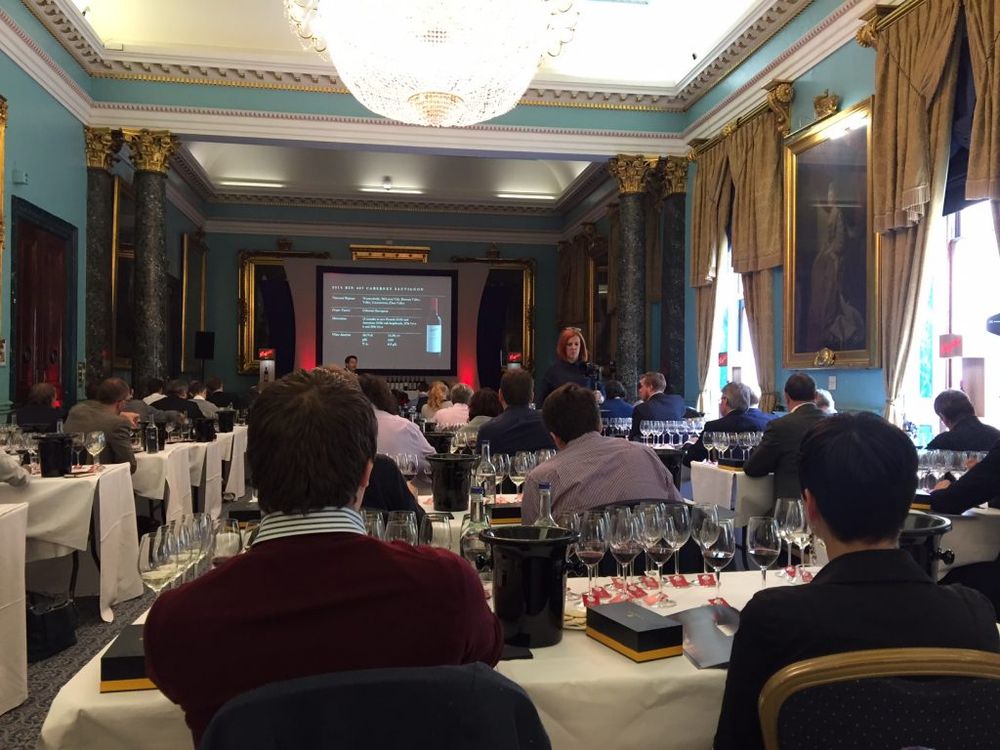
Held in the smart surroundings of the Institute of Directors in London’s Mall Pall, 17 wines were on show and Gago was on top form telling the tale of each wine as it was tasted and slipping in anecdotes and key information effortlessly.
What the tasting showed was that when it comes to an operation as large and (at the top end) revered as Penfolds, each wine dictates its own destiny – it’s very much a horses for courses operation.
Here’s what we learnt at the tasting.
Penfolds likes to double decant
Before the tasting kicked off we were told by Peter Gago that each wine was double-decanted ‘to open up the weave’ in the wine. This is standard tasting practice for Penfolds and – as well as tasting each bottle before it goes out – ensures that the wines are shown in their very best light. This practice sounds pretty obvious, but you’d be surprised by the number of tastings where wines are not properly tasted before being sampled. Suffice to say, all wines were in tip top condition.
There are three styles of winemaking in the Penfolds range
Very early on in the session Gago talked about Penfolds’ approach to production and said that three different styles of winemaking are found within the portfolio. These are wines made from a Single Vineyard, a Single Region or Multiple Regions – there is no hierarchy to quality here, these approaches simply define how each wine is made and whether it follows a house or regional style. Grange, for example, is a multi-vineyard, multi-district blending that changes year-on-year, while Magill Estate Shiraz will always be made from the grapes of a single vineyard.
This philosophy is central to the Penfolds stable.
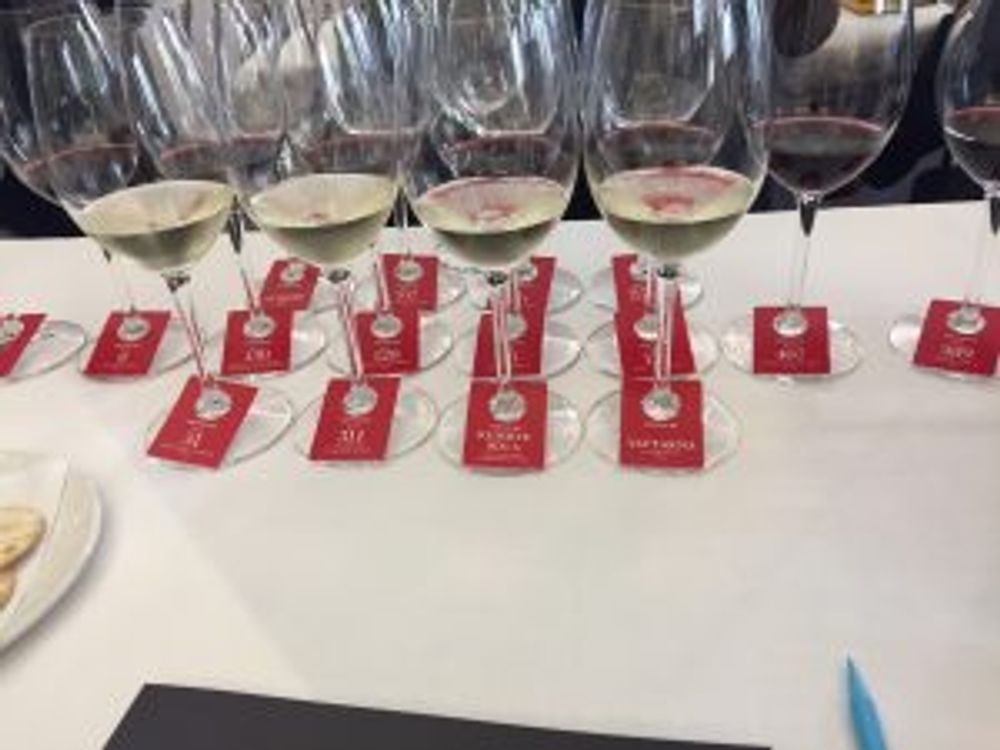
Top end Chardonnays are all about cool climate sites
Two of the first three wines tasted were made from the Chardonnay grape, the other was a Riesling. They all looked the same – that’s to say that the Chardonnays were as pale in colour as the Riesling. How do Penfolds achieve this, and why?
Gago explained in detail that he doesn’t want to produce Australian Chardonnay that is overblown with a bright yellow hue; he believes that the best Chardonnays should have layers of flavour, so that more than just the characters of the grape are on display. This is achieved by using grapes grown at marginal high-altitude sites such as Tumbarumba and Tasmania’s Derwent Valley and Central Highlands.
It is ‘risky’ growing on sites at the cusp of physiological ripening, but the reward is tertiary characters (mineral, saline) and longevity.
Many red wines are taken off the skins mid-ferment
There’s a trick to what makes Penfolds’ top red wines so fresh and vibrant while maintaining concentrated levels of fruit and tannins. This ‘balance’ is owed in part to the winery’s practice of not allowing red wines any post-ferment skin contact. The rationale here is simple – by taking the wine off the skins you are also taking it away from the seeds thus preventing any ‘negative’ green phenolic characters from entering the wine.
Gago is so confident in the quality of his fruit that it simply doesn’t need any extra skin contact to impart colour, tannin and primary characteristics. This process works so well that most reds are run off the skins mid-ferment and left to complete the fermentation in barrel.
There’s more to Coonawarra than Cab
The terra rossa soils of Coonawarra in South Australia are as synonymous with Cabernet Sauvignon as Marlborough is with Sauvignon Blanc. Cab doesn’t have a monopoly on quality though, as Penfolds Bin 128 brilliantly demonstrates. This is a straight-up Shiraz that’s full, juicy and black fruit-dominant – it benefits hugely from its time in French oak hogsheads (one quarter new) to deliver a vanilla shimmer on the finish.
It’s a much more approachable wine than its angular and tight cousin Bin 28, another 100% Shiraz that was tasted side-by-side. The important difference between the two is the oak, with Bin 28 going all-out American. A fascinating comparison.
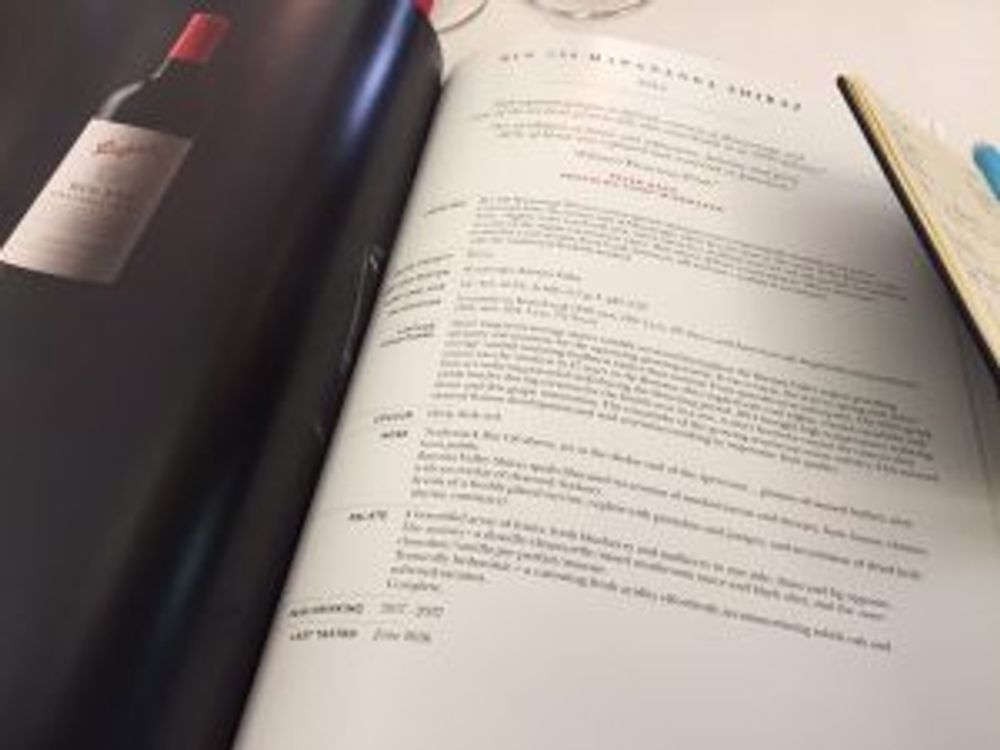
There’s more than one Grange
Of course, that’s not true. But twice during the tasting Peter Gago referred to other wines using Grange as a vehicle for appraisal. Bin 389 was called ‘baby Grange’ and Bin 707 was labelled ‘our Grange of Cabernet’. Bin 389 is a Cab-Shiraz blend and makes use of the previous year’s Grange barrels, where it finishes fermentation. It’s a meaty, multi-layered wine with real depth; the redcurrant fruit rubs alongside a host of savoury characters – black olive, leather, pork scratchings!
Bin 707 is another beast, and made to a very simple recipe – 100% Cabernet, 100% new American oak. On release it is Penfolds’ quickest selling wine every year, and it’s easy to see why. Up front black fruit is soon joined by liquorice, mint and soy, it’s a bold and possessing wine that Gago reckons will last for many decades to come.
As for Grange itself, the 2012 is a delight. It already has such depth and poise with prune, tiramisu, soy, black olive and graphite just some of the flavours in this complex wine.
“Unashamedly and quite blatantly the wine of this year’s new releases,” says Penfolds.
We’re not going to quibble with that.
